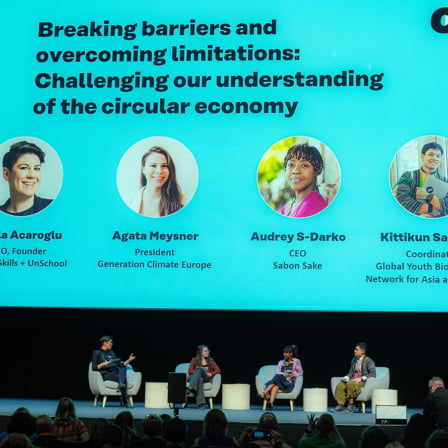The UN Environment Emissions Gap Report 2017 presents an assessment of current national mitigation efforts and the ambitions countries have presented in their Nationally Determined Contributions, which form the foundation of the Paris Agreement. The Paris Agreement adopted in 2015 set the specific goal of holding global warming to well below 2 degrees Celsius (°C) compared to pre-industrial levels, and of pursuing efforts to limit warming to 1.5°C. This report, which is the eighth Emissions Gap Report produced by UN Environment, focuses on the “gap” between the emissions reductions necessary to achieve these agreed targets at lowest cost and the likely emissions reductions from full implementation of the Nationally Determined Contributions (NDCs) forming the foundation of the Paris Agreement. It also explores potential for enhanced mitigation efforts in a number of key sectors, presenting cost-effective options for enhanced action to close the emissions gap.
The report has been prepared by an international team of leading scientists, assessing all available information, including that reviewed by the Intergovernmental Panel on Climate Change (IPCC) in its Fifth Assessment Report (AR5), as well as more recent scientific studies.
This is the latest edition of the seminal Emissions Gap Report series, and the whole report series can be downloaded on UNEP’s Gap Emission Report website.
Sitra has supported the report by contributing with the Ministry of Infrastructure and the Environment of The Netherlands to the Sectoral Greenhouse Gas Emission Reduction Potentials in 2030 report by Ecofys, which was compiled to give input to Chapter 4 in the UN Environment Emissions Gap Report 2017


















Recommended
Have some more.